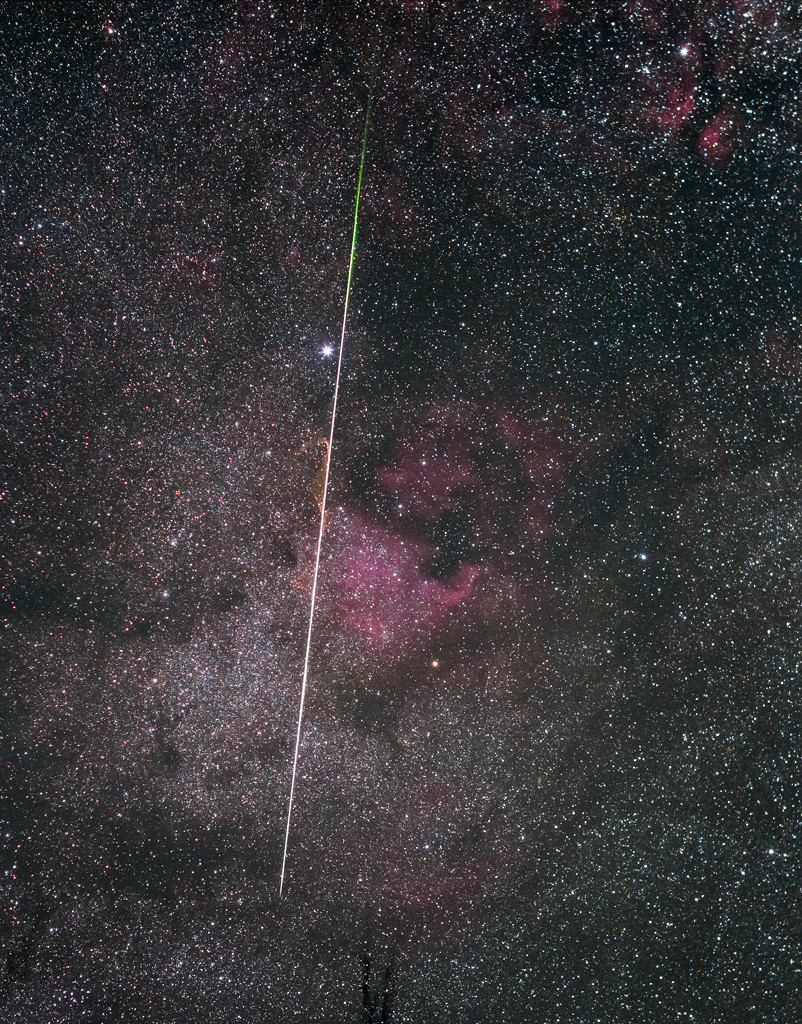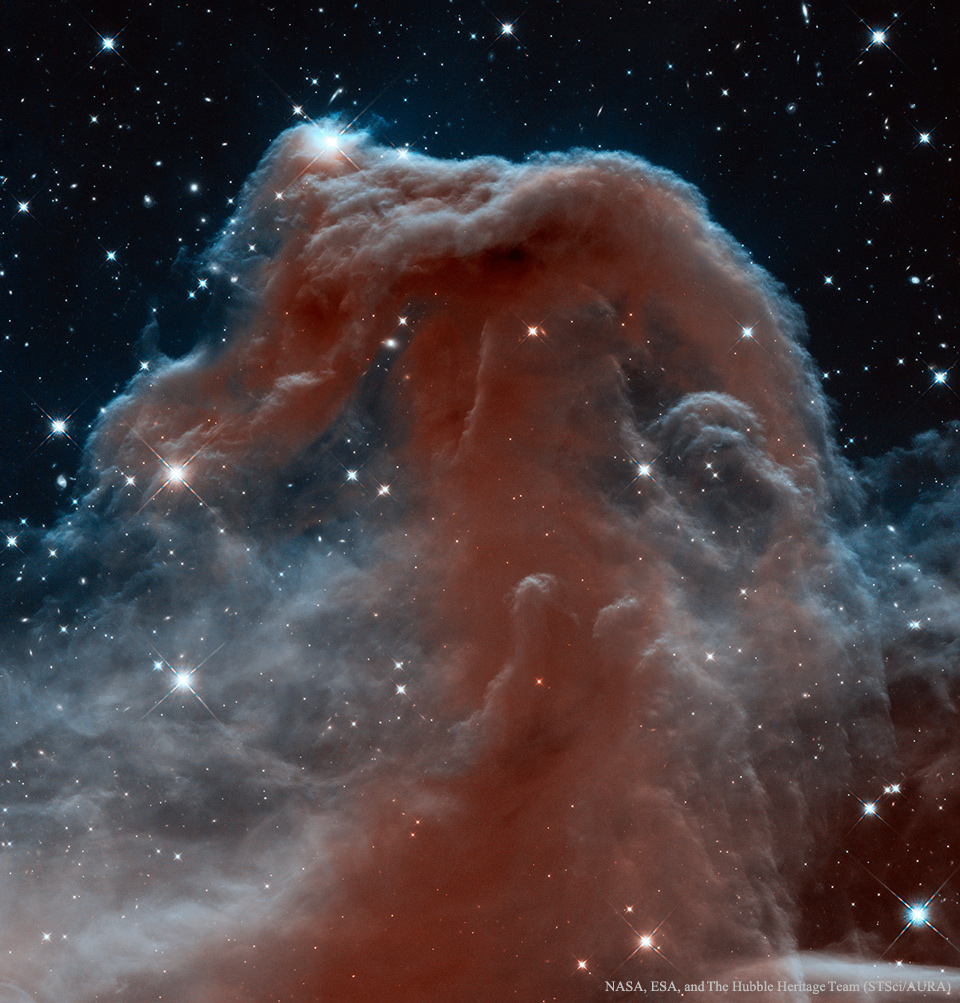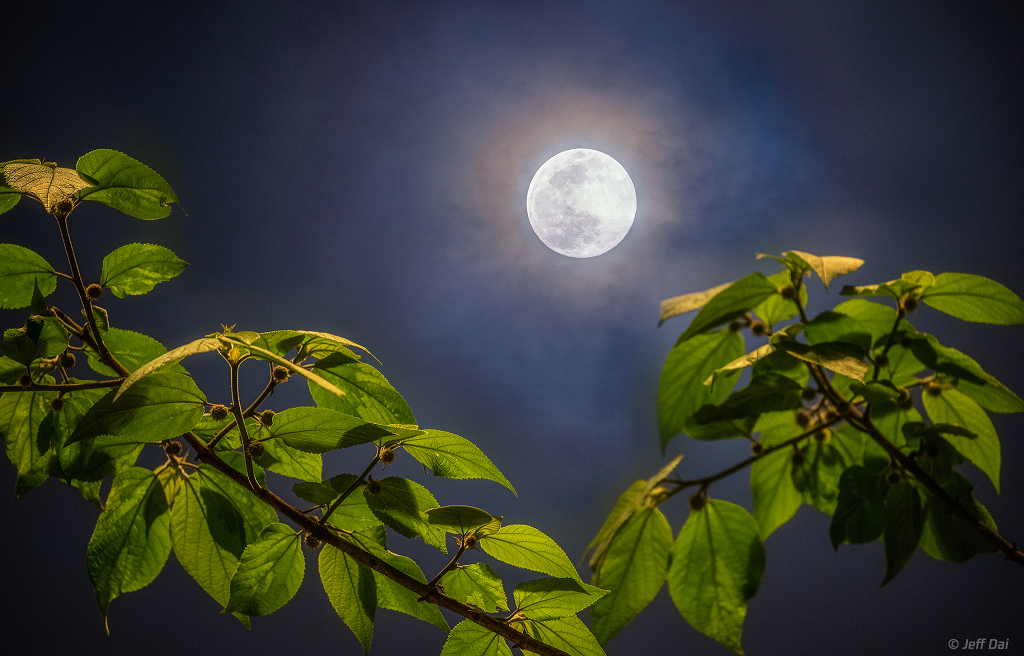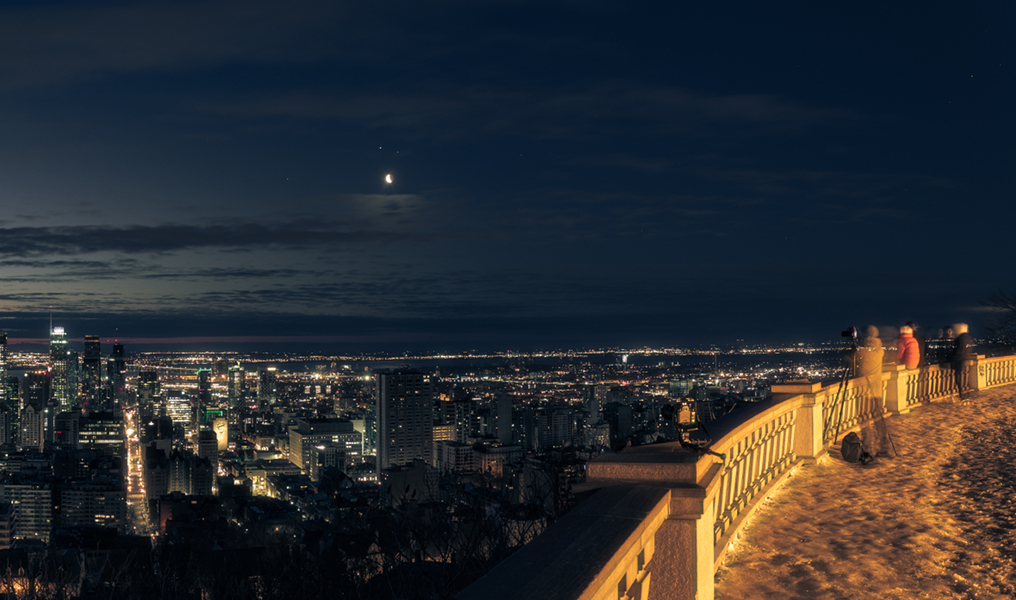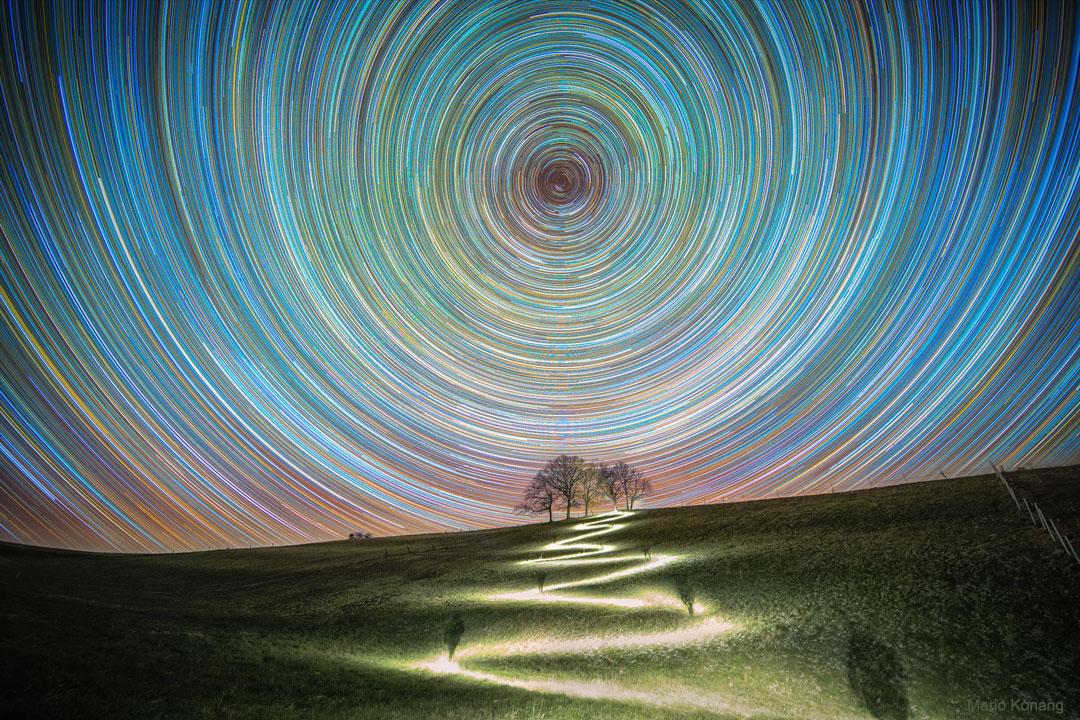Lyrid Meteor Streak
Image Credit & Copyright: Zolt Levay
Image Credit & Copyright: Zolt Levay
Explanation:
Earth's annual Lyrid Meteor Shower
peaked before dawn yesterday, as
our fair planet plowed through debris from the tail of long-period comet
Thatcher.
In crisp, clear and moonless predawn skies over Brown County, Indiana this
streak of vaporizing comet dust briefly shared a telephoto field of view
with stars and nebulae along the Milky Way.
Alpha star of the constellation Cygnus, Deneb
lies near the
bright meteor's path along with the region's dark interstellar clouds
of dust and the recognizable glow of the North America nebula
(NGC 7000).
The meteor's streak points back to the shower's radiant, its
apparent point of origin on the sky.
That would be in the constellation
